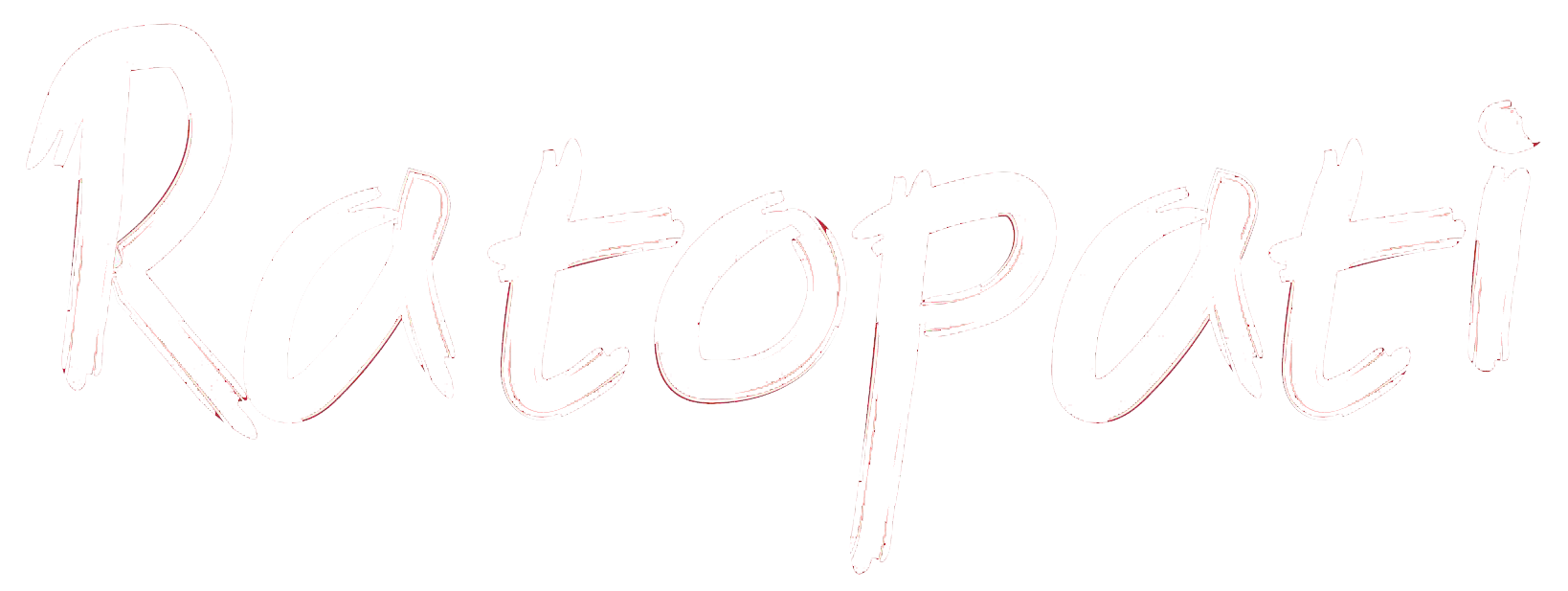Viral kids on internet: A wake-up call for society

After the recent news of the death of child singing prodigy Sachin Pariyar sparked outrage on the internet, many netizens started the blame game. While the blame on the father for his ordeal, and the so called YouTube Media are not entirely wrong, there seems to be a lack of introspection. We, as a society, have failed in this instance. Why? Because the problem is not just the victim of internet virality but the system that exploits these children. Such kids with immense potential and a bright future, are being exploited due to our internet consumption behaviour, and the halfhearted system.
Since the past few years, internet users have had a fascination for such children, whether it be the famous singer, Ashok Darji, or the child folk-duet star, Kamala Ghimire, or tiktok sensation Samaira Thapa. While internet virality doesn’t discriminate by age, we often forget that the subjects of these viral moments are children. The keywords here are minor, and forced. With a small incidence of virality, YouTube Medias carry their microphone, their camera, and run in the race of viewership, totally disregarding the fact that, after all, they are minors. Most parents, having a poor/middle class background, are not really aware of the negative impacts, even if aware, their greed for fame and money, make them brush any negative aspects under the carpet.
But is it only the fault of YouTube Media?
Yes, the majority of the fault has to be shared with YouTube Media, but they are not the only one to be blamed. Our society has an appeal for such kids who have a gloomy background but project a friendly smile and are camera friendly, with immense talent. But such kids disappear as soon as they appear on the internet. Their fleeting moments of fame are just that—fleeting—and the audience soon forgets. If the audience don't engage in such kid influencers’ content, then the YouTube Media will have negligible incentive to exploit such kids. But maybe due to the old user base who are not internet friendly, such content resurfaces again and again, and the fame-hungry media hunt them down for their content and eventually money.

But such virality hampers the psyche of young kids very early in their life, unnecessarily. Kids, scientifically, are not equipped to make decisions for themselves, and they cannot discern between the different types of content on the internet, they are also not equipped to face the criticism because after all, again, they are minors. Above all, they are minors, deprived of their privacy at a crucial stage of their lives. Their childhoods, experiences, and struggles are laid bare for the world to see, which can have long-lasting negative effects as they grow older.
Therefore, blame for internet virality and sooner the fall of them, has to be shared with the audience, and the system as well. The audience’s unprecedented attraction can be taken as a problem, but it cannot be solved by asking the audience to not consume such content. Therefore, there requires a stronger system to protect such kids from the frail internet virality, which with examples, have ruined lives.
While countries like Australia have banned social media due to its negative impact for kids under 16 years of age, but we remain stuck in the cycle of child-centered viral content. There need to be some major steps to be taken, regarding usage of social media in kids, because the negatives far outweighs the positives. The psychological impact on kids, before even proper development of their brain, due to adverse effects of social media and the fame-hungry YouTube Media, may ruin their future as well as their life. While these children rise to internet fame due to their immense potential, the very algorithms designed to amplify their talent may, in time, destroy the same potential if proper steps are not taken.
(Kripesh Sharma is a student at St. Xavier's College, Kathmandu.)

_8MAeAf2B6f.jpg)
Leave Comment